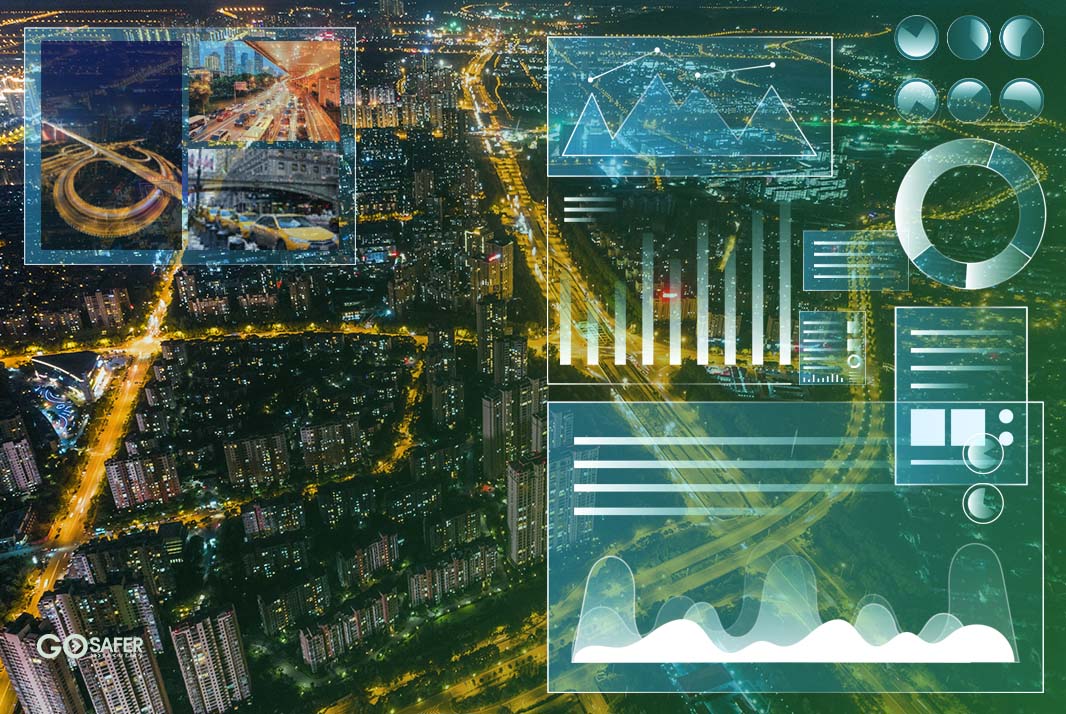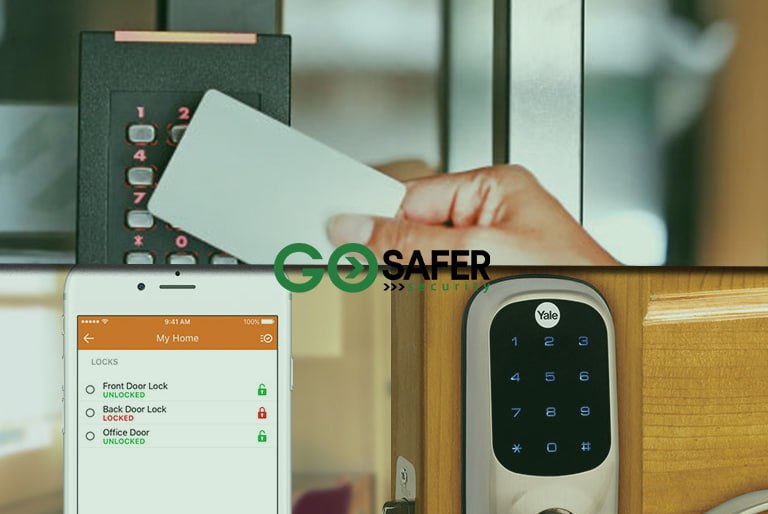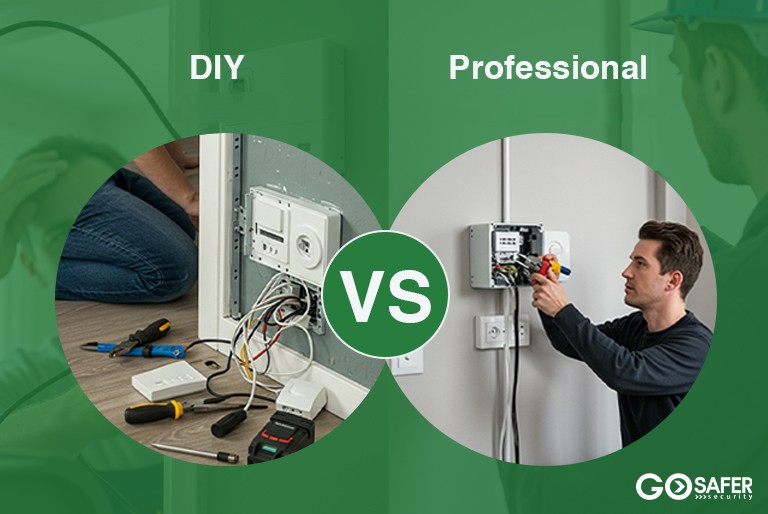Surveillance cameras have become synonymous with crime prevention, helping authorities deter and solve crimes across various settings. However, today’s advanced camera systems offer far more than traditional security benefits. From optimizing business operations to enhancing personal safety and even helping with environmental monitoring, modern surveillance has countless applications beyond its role in reducing crime.
In this blog post, we’ll explore some innovative uses of surveillance cameras that highlight their versatility and broader value in everyday life.
Table of Contents
Toggle1. Enhancing Workplace Productivity and Efficiency
Surveillance cameras play an important role in boosting productivity in workplace environments. By strategically placing cameras, businesses can monitor workflows, ensure compliance with safety standards, and evaluate process efficiency. For instance, a well-placed camera in a data center can help management spot workflow bottlenecks and address them, ultimately enhancing performance and safety standards. To learn more about how surveillance supports secure data operations, check out this guide on data center security with video surveillance.
2. Monitoring Environmental Conditions
Surveillance systems equipped with environmental sensors can be used to monitor conditions such as air quality, temperature, and humidity in areas where such factors are critical. This can be particularly valuable in agricultural settings, where real-time environmental monitoring helps farmers protect crops from adverse conditions.
3. Protecting High-Traffic Public Spaces
Apart from deterring crime, surveillance cameras in high-traffic areas such as stadiums, shopping malls, and parks help manage crowds and improve public safety. These systems allow for real-time monitoring of large crowds, which helps authorities make quick decisions in case of emergencies or disruptions. This approach is essential in areas where large crowds can present safety challenges, even in cities with heightened security demands.
4. Providing Visual Insights for Smart Cities
In urban settings, surveillance cameras are becoming integral to the infrastructure of “smart cities.” Smart surveillance systems are used for tasks like monitoring traffic flow, assessing road conditions, and optimizing street lighting. These applications enable cities to reduce congestion and minimize accidents, improving the quality of life for residents. Advanced video analytics further help with identifying patterns that support urban planning.
5. Ensuring Safety in High-Crime Areas with Integrated Systems
Alarm systems and surveillance cameras are particularly crucial in neighborhoods with higher crime rates. By combining security cameras with alarm systems, residents in these areas can feel safer and have faster emergency response times. This type of integrated system can offer peace of mind for residents and property owners alike. For more about how alarm systems and cameras enhance security, visit our guide on alarm systems for Maryland’s high-crime areas.
6. Streamlining Access and Visitor Management
Businesses, residential complexes, and public institutions can use surveillance cameras to monitor visitor access. These systems help security teams monitor guest entry and exit, track unauthorized access, and ensure compliance with visitor guidelines. This not only improves security but also makes it easy to maintain accurate records of who enters and exits a property.
7. Monitoring Wildlife and Natural Resources
In conservation areas, surveillance cameras offer an unobtrusive way to observe wildlife and track animal populations. Researchers use these cameras to monitor animal behavior, migration patterns, and habitat health without disturbing the animals. In areas facing environmental challenges, these cameras also provide insights that aid in natural resource management.
8. Supporting Remote Healthcare and Telemedicine
Surveillance cameras can enhance healthcare settings, especially in elder care and telemedicine environments. Remote monitoring of patients helps healthcare providers offer better care by observing patients’ conditions in real time, which can be especially beneficial for those with limited mobility or chronic illnesses.
9. Providing Homeowners with More Control Over Their Properties
Many homeowners use security cameras to monitor property boundaries and entry points. Cameras can help manage unwanted attention from neighbors, providing a measure of privacy and control over personal property. For a deeper look at managing security in residential areas, read about strategies to block neighbors’ security camera views.
10. Enhancing Retail Operations and Customer Experience
In retail, surveillance goes beyond theft prevention. Cameras in stores can track customer traffic patterns, helping store managers optimize layout, track inventory, and adjust staff placement to improve the shopping experience. This customer-centric use of surveillance technology improves store performance and enhances customer satisfaction.
11. Supporting Crisis and Emergency Management
In crisis situations, real-time surveillance footage provides crucial insights that help first responders take quick action. For example, surveillance cameras installed in schools, hospitals, and public spaces can provide emergency teams with real-time visuals, making it easier to assess situations and deploy resources effectively.
12. Enabling Real-Time Data Collection for Analytics
Today’s surveillance systems often include advanced analytics features that provide businesses with valuable insights into customer behavior and operational performance. From tracking foot traffic to monitoring production lines, these insights drive data-based decision-making that leads to better efficiency and a more streamlined operation.
13. Boosting Customer Confidence with Transparent Security
Customers are increasingly drawn to businesses that emphasize security and transparency. By openly incorporating surveillance cameras in their establishments, businesses show a commitment to safety and integrity, which boosts customer confidence. When customers feel safe and secure, they are more likely to have positive experiences and return to the business.35
14. Monitoring Energy Consumption and Sustainability Efforts
In buildings with complex energy needs, surveillance cameras can be used to monitor energy usage patterns and help identify areas where consumption can be reduced. This kind of monitoring supports businesses in their sustainability efforts, allowing them to reduce waste, manage resources more effectively, and operate in an environmentally conscious way.
Conclusion
Surveillance cameras are incredibly versatile tools that extend beyond traditional security measures. From enhancing productivity to supporting environmental monitoring and community safety, modern surveillance solutions play a vital role in numerous aspects of life and business. As technology continues to evolve, these innovative uses will likely grow, making surveillance an essential tool in various fields.
Embracing these advanced applications not only maximizes the return on investment for surveillance systems but also promotes a safer, more efficient, and well-managed environment.







